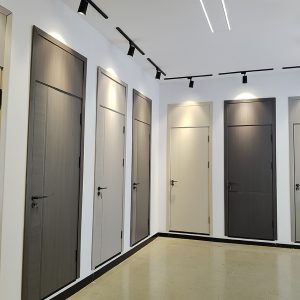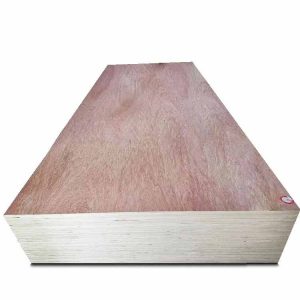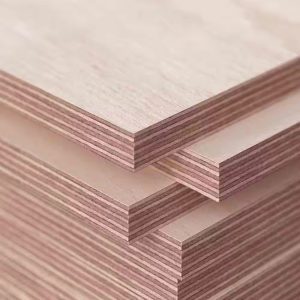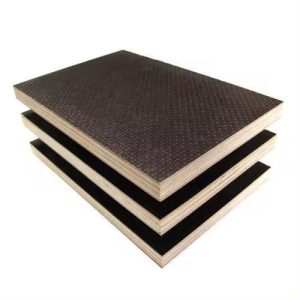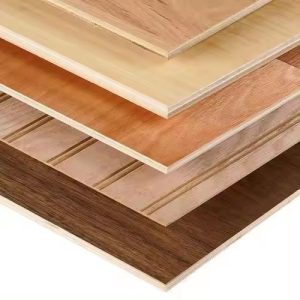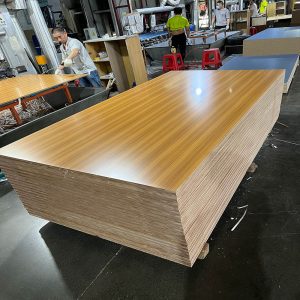The process of creating laminated wood, also known as glued laminated timber or glulam, is a modern engineering marvel that enhances the strength and durability of wood for use in construction and furniture. This innovative approach takes individual pieces of wood—planks, boards, panels, and sheets—and transforms them into a single, cohesive unit with superior properties compared to its natural counterparts.
To begin the laminated wood process, manufacturers select and cut raw lumber into standardized sizes to form what are known as laminated wood planks, panels, sheets, or boards. Each piece undergoes a thorough inspection to ensure it meets quality criteria, including grain direction and freedom from defects such as knots and splits.

After preparation, an adhesive is applied evenly across each wooden layer. This adhesive is typically a water-resistant, structural wood glue that bonds well with wood fibers. Following application, the layers are stacked on top of one another in a specific sequence and orientation. This sequence is crucial as it influences the final product’s strength and stability. The grain patterns of adjacent layers are often alternated, which helps to balance internal stresses and prevent warping.
Once the layers are stacked, they enter a laminating press where high pressure and sometimes heat are applied. These conditions facilitate the adhesive’s curing process, binding the layers together into a solid mass. The duration and intensity of this pressing phase depend on several factors, including the type of adhesive used and the thickness of the resulting laminate.

Following the bonding phase, the laminated wood is removed from the press and left to cure further under controlled conditions. This curing period allows the adhesive to reach its full strength, ensuring maximum durability and performance of the laminated product. Typically, this can take several hours or even days depending on the specifications of the adhesive.
After curing, the now solid laminated wood can be sanded, sawed, drilled, or shaped according to the requirements of its intended use. It may also undergo additional treatment processes like sealing or painting to enhance its weather resistance and aesthetic appeal. Laminated wood planks, panels, sheets, and boards are then ready to be used in building beams and arches, furniture, decorative items, or any project where a robust and reliable material is needed.

In conclusion, the laminated wood process involves precise selection, preparation, and combination of individual wood elements using specialized adhesives. Through the application of pressure and sometimes heat, along with proper curing, a composite material that is more than the sum of its parts is formed. This technique offers a sustainable and efficient way to utilize wood resources while providing a versatile and strong end product suitable for a wide range of applications.


